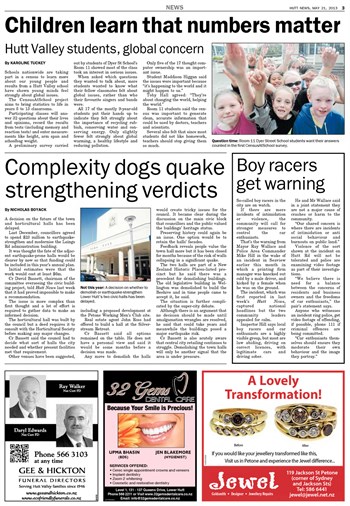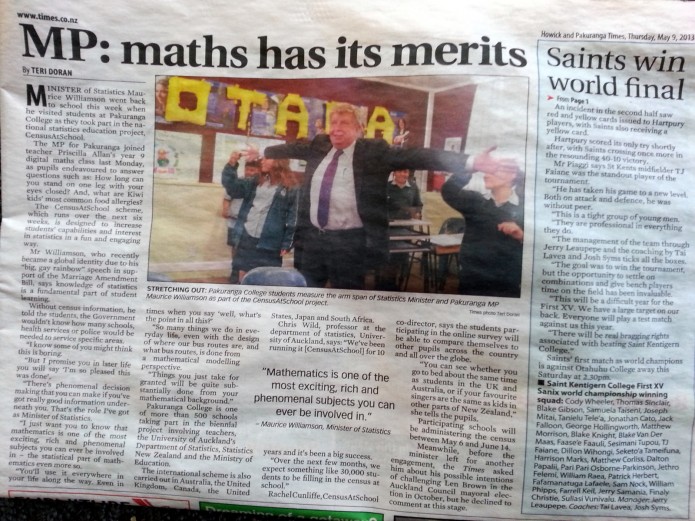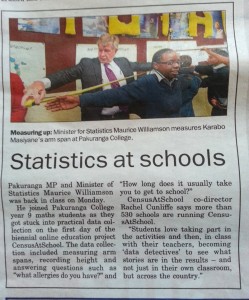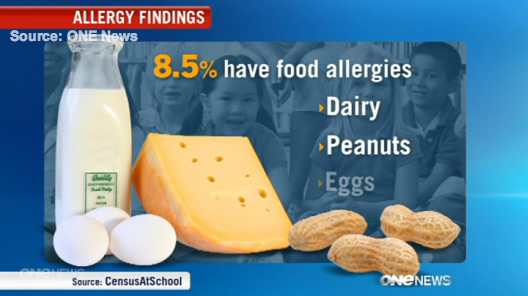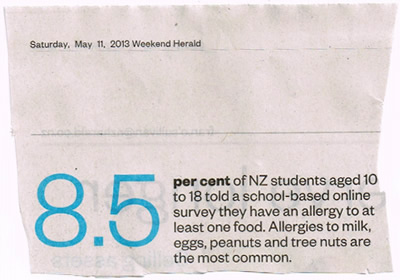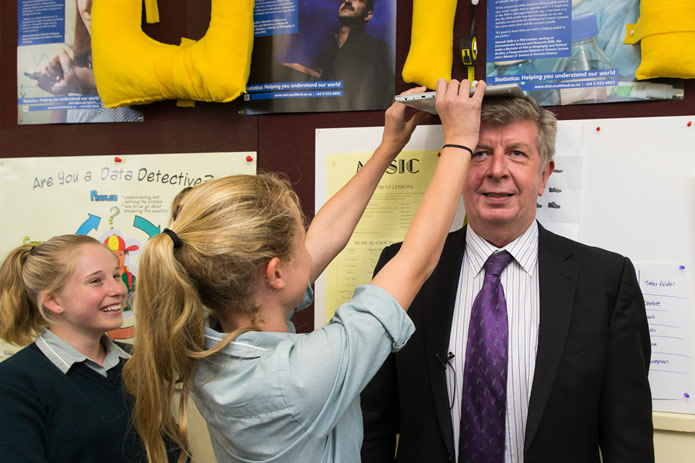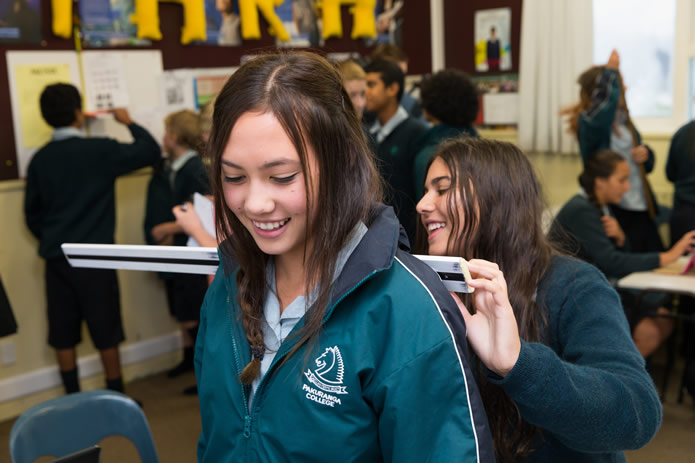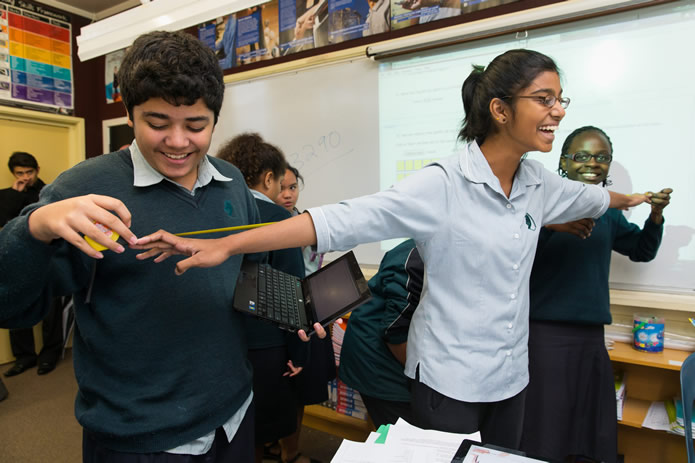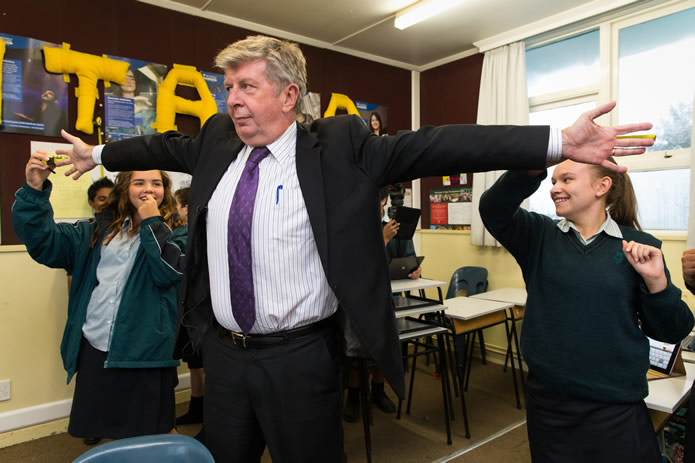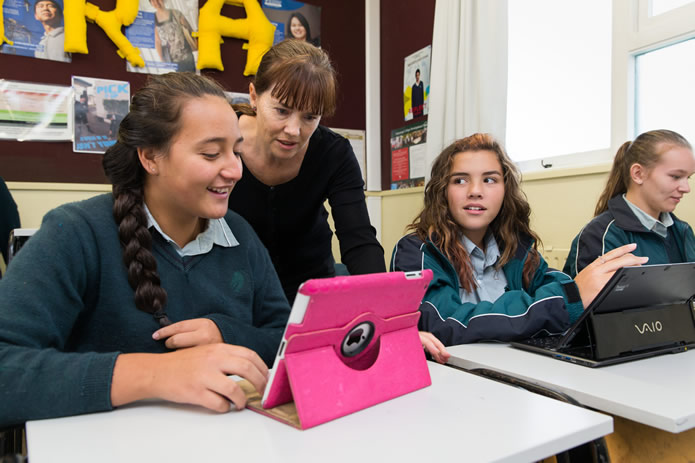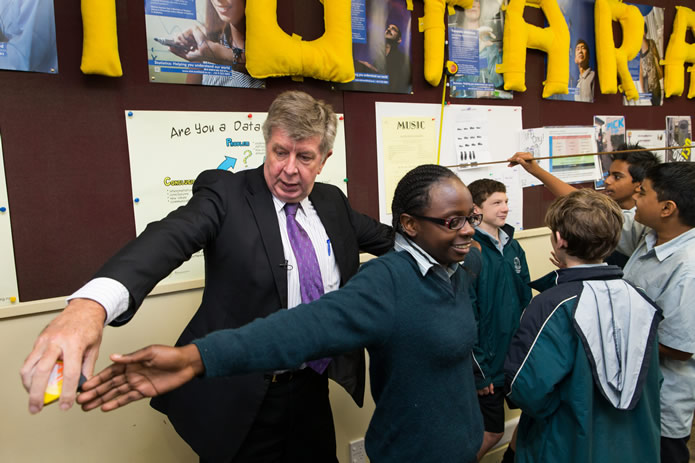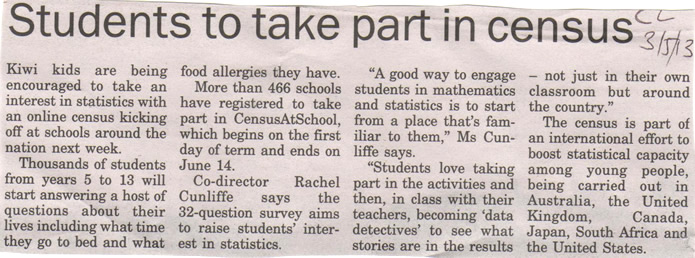Teenage schoolgirls are flocking to the microblogging service Twitter, according to early results from the educational project CensusAtSchool. One in three teenage schoolgirls (37%) has reported having a Twitter account, up from one in four (23%) in 2011.
CensusAtSchool co-director Rachel Cunliffe says the findings mirror overseas trends around Twitter, which was launched in 2006 and allows its users to send and read “tweets” of up to 140 characters each.
“The Pew Internet & American Life Project in the US has also found much higher use of Twitter by teen girls than teen boys,” she says. “One explanation for this could be that teenage girls are generally more social and more communicative than teenage boys, and use Twitter to keep in touch with their friends.”
CensusAtSchool, which started on May 6 and runs until June 15, is a biennial online project that brings statistics to life in the classroom. Supervised by teachers, students aged between 10 and 18 (Year 5 to Year 13) answer 32 questions about their lives, many of them involving practical activities such as weighing and measuring, then analyse the results in class. This year, more than 1236 teachers from 565 schools all over New Zealand are running CAS in their classrooms, and the social media results are always of great interest to their students. The snapshot comes from the first 10,000 respondents.
But it seems their love affair with Facebook has peaked. Since the last CensusAtSchool, in 2011, there has been no real change in the number of teenage school students with Facebook accounts. In 2009, just 33% of teens had a Facebook page, but by 2011, that figure had risen to 83%. This year, 83% said they had a Facebook page.
“There comes a point where it’s not really possible to grow the numbers anymore,” says Cunliffe. “Facebook uptake among school students may well be at its limit. It will be fascinating to how those numbers have changed when we run the next CensusAtSchool in 2015.”
But the future looks shakier for the once-popular social networks Bebo and MySpace – they appear to be slipping from New Zealand teens’ lives altogether. In 2009, 63% of teenage school students had a Bebo page, but by 2011 that had fallen to 27%, and this year reached a new low of 11%. The music-focused MySpace has had an even worse trajectory, slipping from 17% in 2009 to 7% in 2011. This year, despite a January relaunch, MySpace hit 6%.
“Teens are early adopters of new social networks and apps and are quite happy to start afresh, setting up and building new profiles,” says Cunliffe. “Many teens don’t know what Bebo is now, yet it was the dominant social network only a few years ago.”
CensusAtSchool, now in its sixth edition, is a collaborative project involving teachers, the University of Auckland’s Department of Statistics, Statistics New Zealand and the Ministry of Education. It is part of an international effort to boost statistical capability among young people, and is carried out in Australia, the United Kingdom, Canada, the US, Japan and South Africa. The countries share some questions so comparisons can be made, but the majority reflect New Zealand students’ interests.

